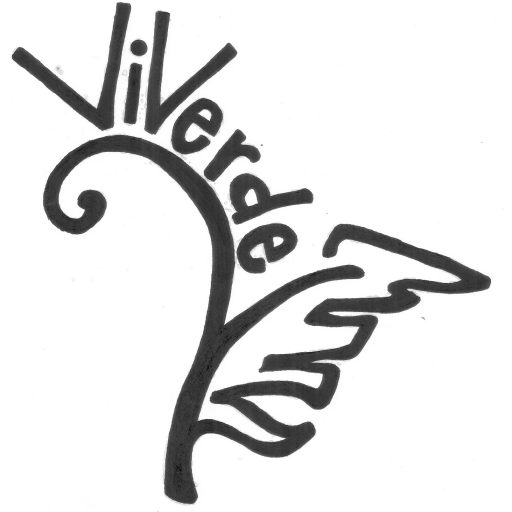What is a swale?
A swale is a trench dug along the land’s contour, meaning all points along the bottom of the swale are at the same elevation. Swales at different levels can be connected by adding overflows, the water filling the higher ones first and then moving along to the next. Often “berms” or raised beds are created on the downslope using the excavated soil and then planted with a variety of fruit trees and shrubs, edible perennials, and a combination of other plants to create food forests.
Why are swales important?
- They prevent runoff and soil erosion
- They catch water and hold it in place until it is absorbed into the ground, potentially raising the water table and creating a more humid micro-climate
- They move rainwater where it is desired
Swales at ViVerde
Viverde’s rainy season lasts from mid-May to mid-December. Then over the next five months, everything dries out. When it rains here, though, it pours and since we are near the bottom of a large bowl, we have an enormous amount of water crossing the property. Well managed, we could have as much water as we needed.
This season our big project was to dig an additional 220 meters of swales, and 120 meters of sloped channels to move water. Most of this new project was done in a large area we previously called the “floodplain” because rainwater ran wild through it, covering the entire area and taking soil and organic material with it. It was difficult to grow anything there.
With the new swales, the whole area is transformed. Water is sinking into the ground where we want it instead of running off. We have created hundreds of feet of plantable beds (now cover cropped with red beans) for a future food forest. The zone will stay humid longer after each rain and will also help us bridge the beginning and end of rainy season when rains are less frequent.
Watch the story of our new swales.

